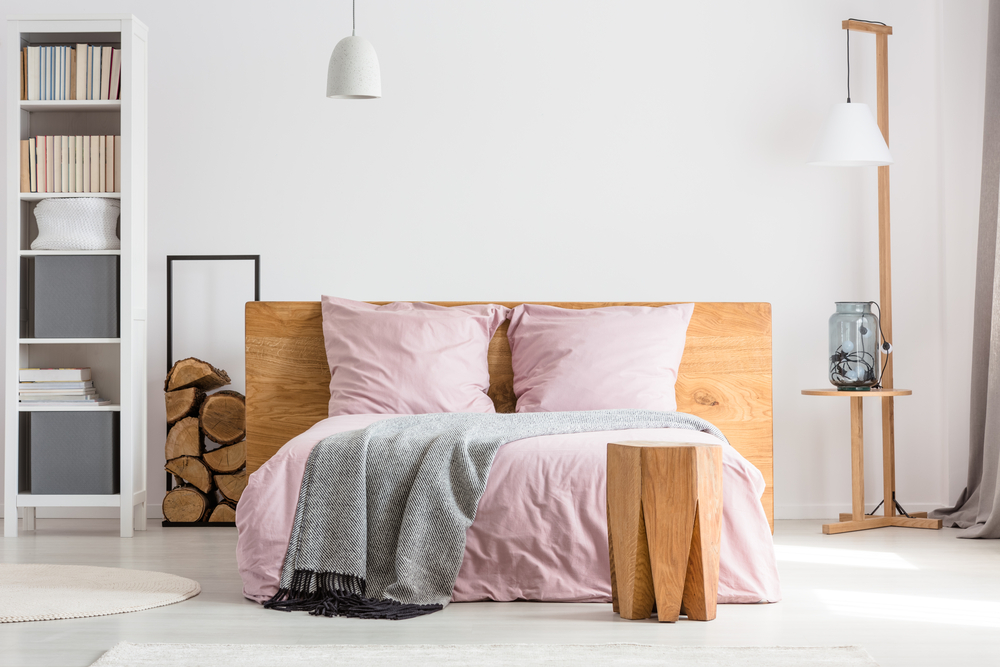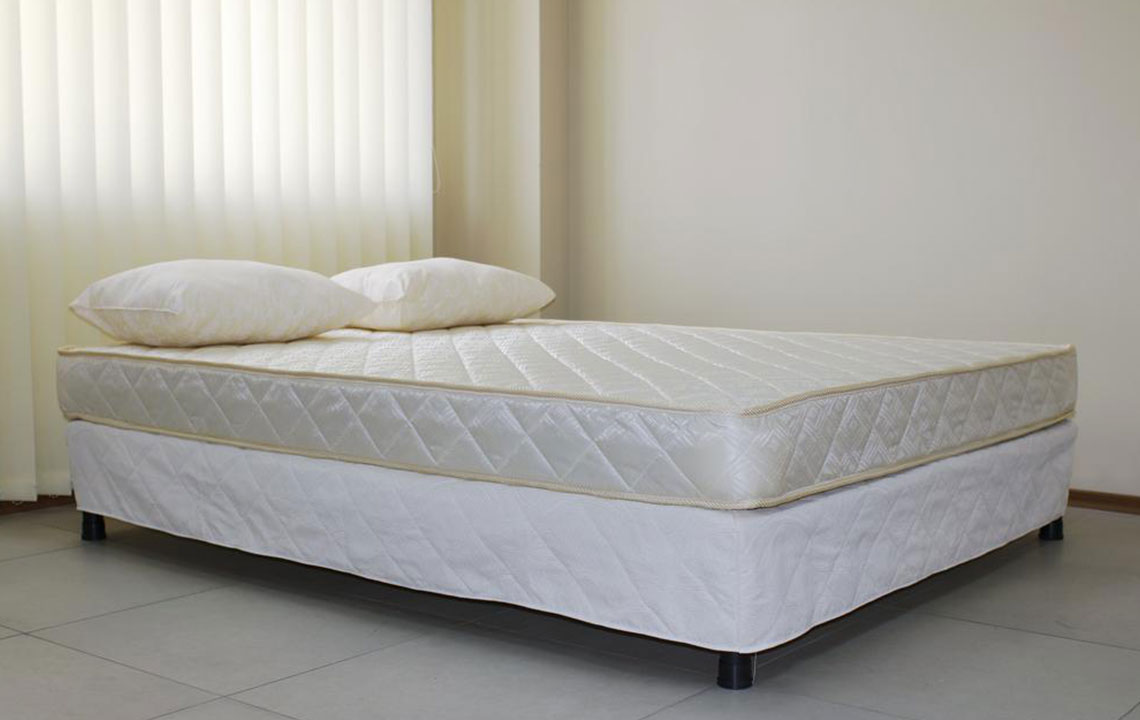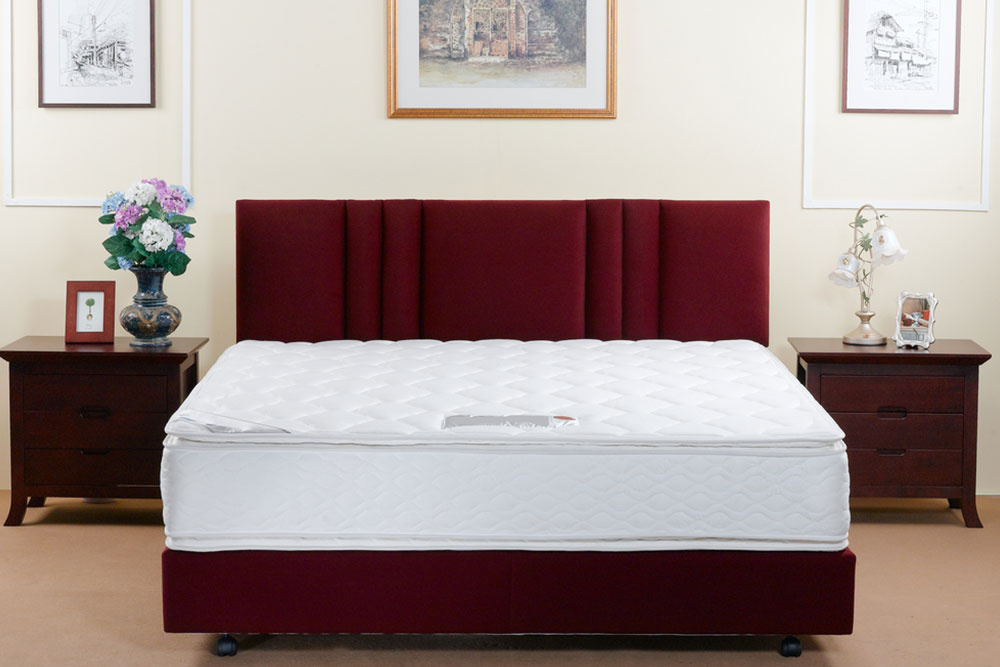Ultimate Guide to Home and Hospital Adjustable Sleep Systems
This comprehensive guide explores versatile adjustable sleep systems suitable for home and hospital environments. It details features, benefits, mattress options, and different control mechanisms, emphasizing comfort, safety, and medical support. Perfect for those seeking customizable sleep solutions or caregiving needs.

Ultimate Guide to Home and Hospital Adjustable Sleep Systems
Adjustable beds are crafted to let users customize their sleeping position for maximum comfort. This is made possible through hinges that offer various configurations. Originally designed for medical facilities, these versatile beds have become common in households over the past 30 years.
You can choose between manual and motorized options, with motorized variants gaining popularity thanks to continuous mattress advancements.
These beds benefit those recovering from surgery, enhance circulation, assist with breathing issues, and reduce swelling. They also help alleviate back, neck pain, and acid reflux symptoms.
Features include adjustable head and foot angles, height settings, and multi-segment designs to suit individual needs. Available in sizes like king, queen, and twin, these beds often feature high-quality, flexible mattresses.
Modern adjustable beds are often segmented for synchronized movements. They are now popular not only in healthcare settings but also in homes for relaxation, entertainment, or reading.
Home Use Adjustable Beds
Designers focus on luxury models that support proper posture and comfort. These beds assist users with mobility issues or medical needs. Wireless remote controls make adjustments effortless, allowing control over head, leg, and pillow positions. Additional features like massage, under-bed lighting, emergency backup power, and mattress retainers add comfort and safety.
Suitable Mattresses for Adjustable Platforms
Pressure-relieving, flexible mattresses compatible with adjustable positions include memory foam, latex, traditional springs, and airbeds. Memory foam offers contouring comfort and reduces pain, while latex provides durability and flexibility. Spring mattresses are less adaptable and tend to require more frequent replacement. Airbeds with pressurized chambers offer adjustability but may feel stiff when bent.
Hospital-Grade Adjustable Sleep Systems
Heavy-duty hospital beds are made from steel and feature caster wheels for mobility. They come in fully automatic, semi-automatic, and manual options. Fully automatic models include control panels for full adjustment ease, aiding patients in getting in and out. Semi-automatic beds require manual height adjustments, while manual versions operate with cranks. These beds are built to support intensive use and patient safety.


